Hanuman's Ramayana portrayed through story-telling, puppetry, and Bharatnatyam .
There are no boundaries that cannot be fused, when it comes to art forms; and the results never fail to enthrall people and hook them to the performance. When well-known puppeteer and storyteller, Usha Venkatraman, collaborated with Takshashila Dance Academy’s founder, Gayatri Subramanian, and her students, the aim was to create something new and enriching.
The 40-minute dance and puppet show was staged last week at SPJ Sadhna School that trains persons with special needs. The audience comprised students of the school, who have special needs. Though this performance was in a way a repetition of an earlier show that was held at the Guruvayurappan Temple in Vashi, Navi Mumbai, it was markedly different in the sense that it was a more compressed version that was made more visually appealing, keeping the target audience in mind. “We made it crisper by reducing the time span of certain events.
For instance, the time given to the Jatayu fight or Ram-Ravan fight scene was reduced. In order to make it visually attractive so that the differently-abled students of the school would be hooked to the performance, Usha (Venkataraman) used more colourful puppets, including that of characters like Jatayu and the ten-headed Ravan. Dancers also had different props in place to add to the visual appeal,” said Subramanian, adding that more practice went in to make the act seamless.
The performance was based on Devdutt Pattanaik’s Hanuman’s Ramayana that talks about Valmiki being unhappy when he finds out that Hanuman’s version of the epic is as well acclaimed. However, he is moved to tears when he reads it himself but Hanuman gobbles up the banana leaves on which he had written, saying that he had written it out of devotion for Ram, whereas Valmiki had written for the noble purpose of informing the world about the epic.
Venkatraman conceived the idea of collaborating her art and Bharatnatyam to tell a story, as she thought it would be better expressed. “Ramayana unfolds in front of Valmiki as he reads it. So I felt it would be even better to not only use my puppets but also have dancers depicting characters and important scenes. Storytelling with appropriate voice modulation, puppets, and dance combine to convey the story effectively,” she said. Venkatraman had her puppets custom-made by girls in a Jaipur-based NGO called Hamara Nischay. She had puppets for all the main characters; namely, Ram, Sita, Lakshman, Hanuman, Mareech(deer), Jatayu, Soorpanakha, and Narada.
She narrated the lines written by Valmiki during the performance. It is a combination that is not often seen by people or used by artists. That is what attracted Subramanian when she was approached with the idea. “Dance by itself is a language that is used to tell a story, mainly through expressions and gestures. This, when mixed with puppetry, narration and songs, conveys the story more dramatically,” said Subramanian, who has been teaching Bharatnatyam for over two decades now.
Seven students of Takshashila Dance Academy took part in the performance, portraying various roles that were central to the story. Sakshi Pujari, who played different roles, said, “It was highly dramatised with various sound effects and we also donned colourful costumes to keep the audience captivated. It was really an excellent opportunity to be able to give students with special needs a different experience.”
![submenu-img]() Squid Game 'copied' Sanjay Dutt-starrer Luck, alleges director Soham Shah; Netflix shoots back: 'We intend to...'
Squid Game 'copied' Sanjay Dutt-starrer Luck, alleges director Soham Shah; Netflix shoots back: 'We intend to...'![submenu-img]() Maharashtra govt reschedules Eid-e-Milad holiday in Mumbai from Sept 16 to…
Maharashtra govt reschedules Eid-e-Milad holiday in Mumbai from Sept 16 to…![submenu-img]() 'Vinesh Phogat didn't want to...': Lawyer Harish Salve on wrestler's Paris Olympics medal saga
'Vinesh Phogat didn't want to...': Lawyer Harish Salve on wrestler's Paris Olympics medal saga![submenu-img]() PM Modi welcomes baby calf at his residence, names it 'Deepjyoti': Know what it means
PM Modi welcomes baby calf at his residence, names it 'Deepjyoti': Know what it means![submenu-img]() Longest railway station name in India has 57 letters, it is located in…
Longest railway station name in India has 57 letters, it is located in…![submenu-img]() Rahul Gandhi पर केंद्रीय मंत्री का विवादित बयान, 'देश के नंबर एक आतंकी हैं उन पर इनाम होना चाहिए'
Rahul Gandhi पर केंद्रीय मंत्री का विवादित बयान, 'देश के नंबर एक आतंकी हैं उन पर इनाम होना चाहिए'![submenu-img]() क्या Arvind Kejriwal के इस्तीफे से बदलेगा हरियाणा चुनाव का समीकरण, कांग्रेस और BJP की बढ़ सकती है टेंशन
क्या Arvind Kejriwal के इस्तीफे से बदलेगा हरियाणा चुनाव का समीकरण, कांग्रेस और BJP की बढ़ सकती है टेंशन![submenu-img]() Arvind Kejriwal Resign: 2 दिन बाद ही क्यों देंगे अरविंद केजरीवाल इस्तीफा, BJP ने गिनाई ये वजह
Arvind Kejriwal Resign: 2 दिन बाद ही क्यों देंगे अरविंद केजरीवाल इस्तीफा, BJP ने गिनाई ये वजह![submenu-img]() IND vs BAN: Ishan Kishan की होगी टीम इंडिया में वापसी! Shubman Gill का कटेगा पत्ता, सामने आया बड़ा अपडेट
IND vs BAN: Ishan Kishan की होगी टीम इंडिया में वापसी! Shubman Gill का कटेगा पत्ता, सामने आया बड़ा अपडेट![submenu-img]() JMM के लोग बांग्लादेशी और रो��हिंग्या घुसपैठियों का साथ दे रहे हैं, जमशेदपुर में PM Modi ने ऐसा क्यों कहा?
JMM के लोग बांग्लादेशी और रो��हिंग्या घुसपैठियों का साथ दे रहे हैं, जमशेदपुर में PM Modi ने ऐसा क्यों कहा?![submenu-img]() Ford to return to India after 2 years with reopening of....
Ford to return to India after 2 years with reopening of....![submenu-img]() Maruti Suzuki launches new Swift CNG, check price, mileage, other features
Maruti Suzuki launches new Swift CNG, check price, mileage, other features![submenu-img]() ‘30 LPA, 3BHK, no in-laws’: Woman earning Rs 1.32 lakh salary lists demands for future husband, netizens say...
‘30 LPA, 3BHK, no in-laws’: Woman earning Rs 1.32 lakh salary lists demands for future husband, netizens say...![submenu-img]() In a big EV push, Centre launches Rs 10900 crore PM E-Drive scheme to replace…
In a big EV push, Centre launches Rs 10900 crore PM E-Drive scheme to replace…![submenu-img]() World’s longest car has helipad, swimming pool, mini-golf course, can seat over…; it cost…
World’s longest car has helipad, swimming pool, mini-golf course, can seat over…; it cost…![submenu-img]() NEET SS 2024: Tentative schedule out, exam likely on...
NEET SS 2024: Tentative schedule out, exam likely on...![submenu-img]() Meet man, popular online tutor who cracked UPSC in 1st attempt, resigned as IAS officer after 1 year due to…
Meet man, popular online tutor who cracked UPSC in 1st attempt, resigned as IAS officer after 1 year due to…![submenu-img]() Meet man, who worked as coolie, later cracked UPSC exam to become IAS officer, he was killed by...
Meet man, who worked as coolie, later cracked UPSC exam to become IAS officer, he was killed by...![submenu-img]() Meet IIT-JEE topper with AIR 1, went to IIT Bombay, got job with Rs 70 lakh salary, left it for...
Meet IIT-JEE topper with AIR 1, went to IIT Bombay, got job with Rs 70 lakh salary, left it for...![submenu-img]() Meet man, who lost father at 5, grew up in orphanage, didn't crack UPSC exam but became IAS officer, is posted at..
Meet man, who lost father at 5, grew up in orphanage, didn't crack UPSC exam but became IAS officer, is posted at..![submenu-img]() Jaishankar: EAM Dr. S. Jaishankar On India-China Relations & Disengagement Problems | Ladakh
Jaishankar: EAM Dr. S. Jaishankar On India-China Relations & Disengagement Problems | Ladakh![submenu-img]() Trump vs Harris: Donald Trump Says He Will Not Debate Kamala Harris Again | US Presidential Debate
Trump vs Harris: Donald Trump Says He Will Not Debate Kamala Harris Again | US Presidential Debate![submenu-img]() Delhi Gym News: Afghan-Origin Gym Owner Shot Dead In Delhi | Caught On CCTV
Delhi Gym News: Afghan-Origin Gym Owner Shot Dead In Delhi | Caught On CCTV![submenu-img]() Malaika Arora Father Death: Anil Mehta's Final Words To His Daughter Malaika Arora
Malaika Arora Father Death: Anil Mehta's Final Words To His Daughter Malaika Arora![submenu-img]() Chandigarh Blast: Grenade Explosion In Sector 10; Auto Driver Arrested, Investigation Ongoing
Chandigarh Blast: Grenade Explosion In Sector 10; Auto Driver Arrested, Investigation Ongoing![submenu-img]() Meta CEO Mark Zuckerberg reveals biggest mistake of his career, claims it is...
Meta CEO Mark Zuckerberg reveals biggest mistake of his career, claims it is...![submenu-img]() Meet Indian man, who left his job in US, started business from Rs 40000, now leads company worth Rs 18765 crore, he is..
Meet Indian man, who left his job in US, started business from Rs 40000, now leads company worth Rs 18765 crore, he is..![submenu-img]() Meet man, a billionaire, who hosts Kim Kardashian, Leonardo DiCaprio, Katy Perry on his superyacht for...
Meet man, a billionaire, who hosts Kim Kardashian, Leonardo DiCaprio, Katy Perry on his superyacht for...![submenu-img]() Meet Indian-born engineer behind Amazon's Alexa, now among TIME100 most influential people in AI 2024 list, he is...
Meet Indian-born engineer behind Amazon's Alexa, now among TIME100 most influential people in AI 2024 list, he is...![submenu-img]() Meet Indian genius, went to IIT, studied with Shah Rukh Khan, tragically lost his life due to...
Meet Indian genius, went to IIT, studied with Shah Rukh Khan, tragically lost his life due to...![submenu-img]() Bollywood's highest-paid bodyguards earn in crores each year; here's how much Salman, SRK pay their trusted protectors
Bollywood's highest-paid bodyguards earn in crores each year; here's how much Salman, SRK pay their trusted protectors![submenu-img]() 6 most haunted places in the world
6 most haunted places in the world![submenu-img]() Good news for Reliance Jio users: Mukesh Ambani offers 5 best Jio plans under Rs 300 with unlimited...
Good news for Reliance Jio users: Mukesh Ambani offers 5 best Jio plans under Rs 300 with unlimited...![submenu-img]() This Bollywood outsider sang at weddings, in trains, was rejected from TV shows; now gives Rs 100-crore blockbusters
This Bollywood outsider sang at weddings, in trains, was rejected from TV shows; now gives Rs 100-crore blockbusters ![submenu-img]() In pics: Priyanka Chopra dons sizzling bikinis, enjoys yacht time with Nick Jonas, Malti Marie on European vacation
In pics: Priyanka Chopra dons sizzling bikinis, enjoys yacht time with Nick Jonas, Malti Marie on European vacation![submenu-img]() Maharashtra govt reschedules Eid-e-Milad holiday in Mumbai from Sept 16 to…
Maharashtra govt reschedules Eid-e-Milad holiday in Mumbai from Sept 16 to…![submenu-img]() Lucknow: Section 163 imposed in UP capital till this date, reason is...
Lucknow: Section 163 imposed in UP capital till this date, reason is...![submenu-img]() Ayushman Bharat health insurance for senior citizens: Eligibility, benefits, how to apply
Ayushman Bharat health insurance for senior citizens: Eligibility, benefits, how to apply![submenu-img]() Picture of Lord Ganesha’s idol in police van sparks row in Bengaluru: Here's what we know so far
Picture of Lord Ganesha’s idol in police van sparks row in Bengaluru: Here's what we know so far![submenu-img]() Delhi records year's cleanest air quality as AQI drops to...
Delhi records year's cleanest air quality as AQI drops to...
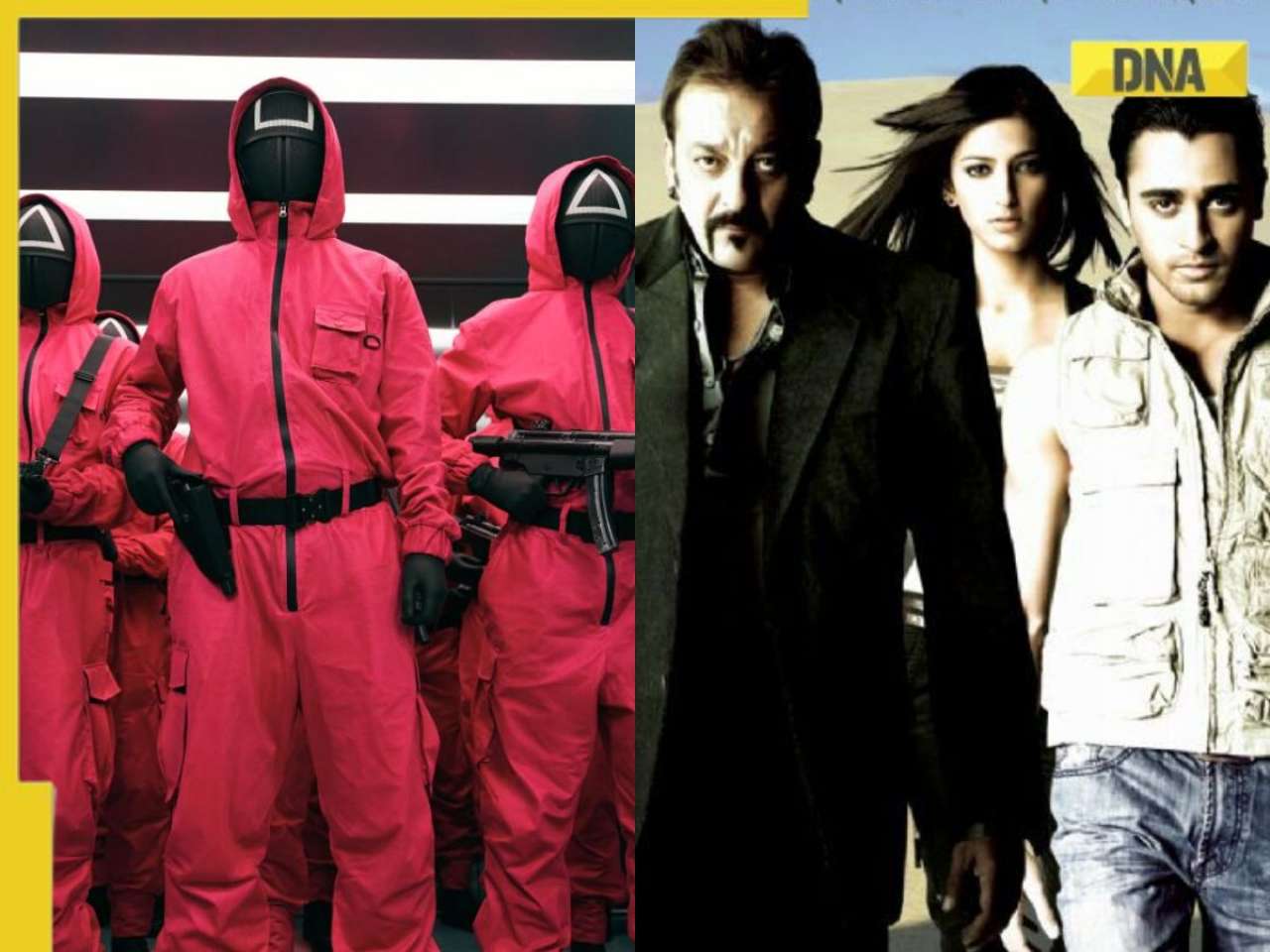
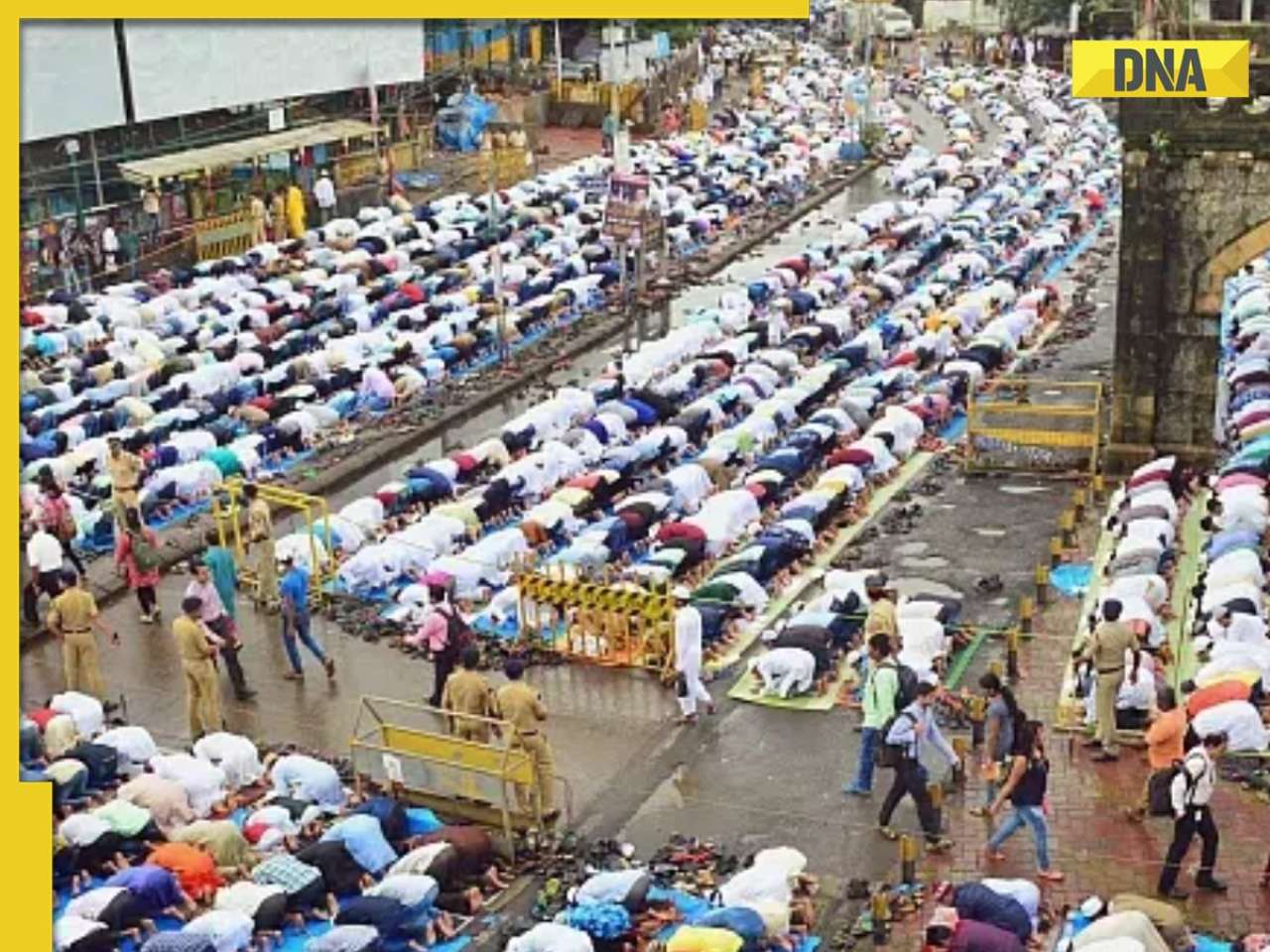

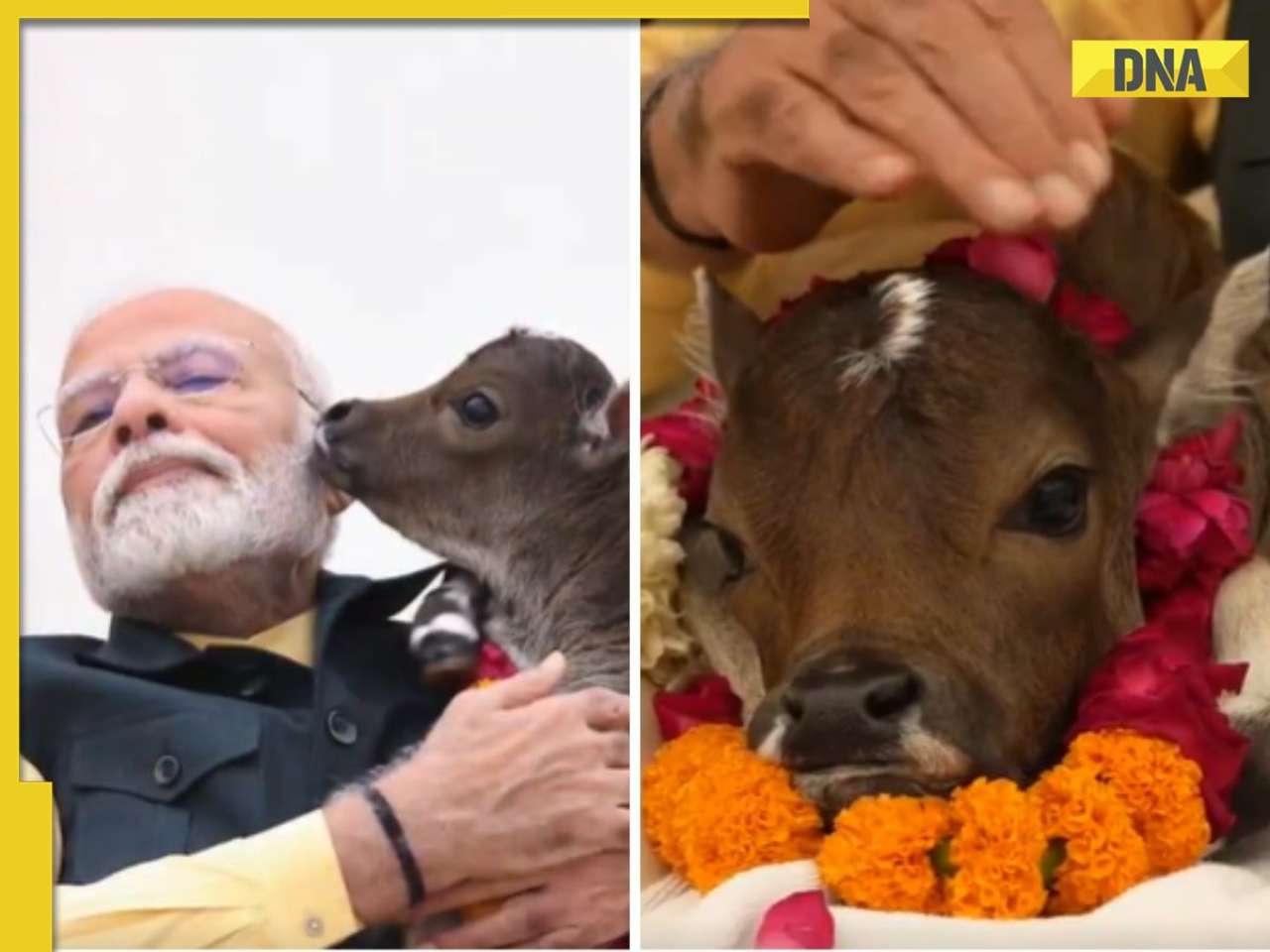







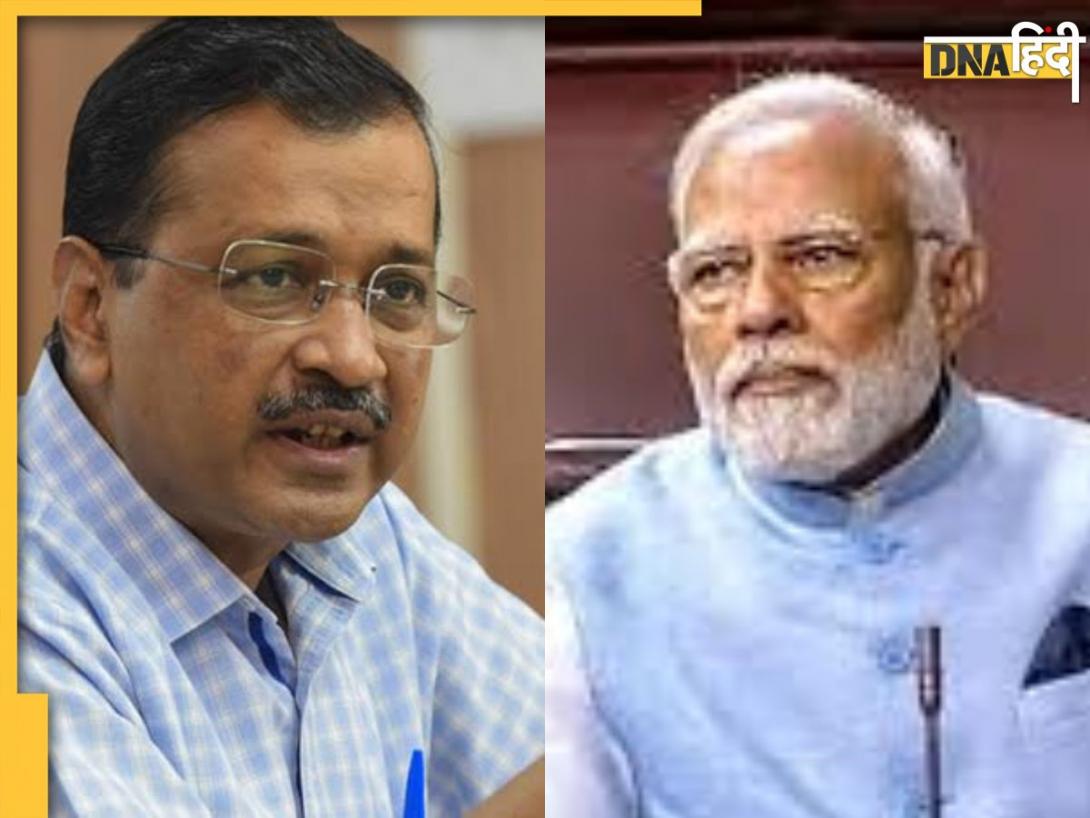

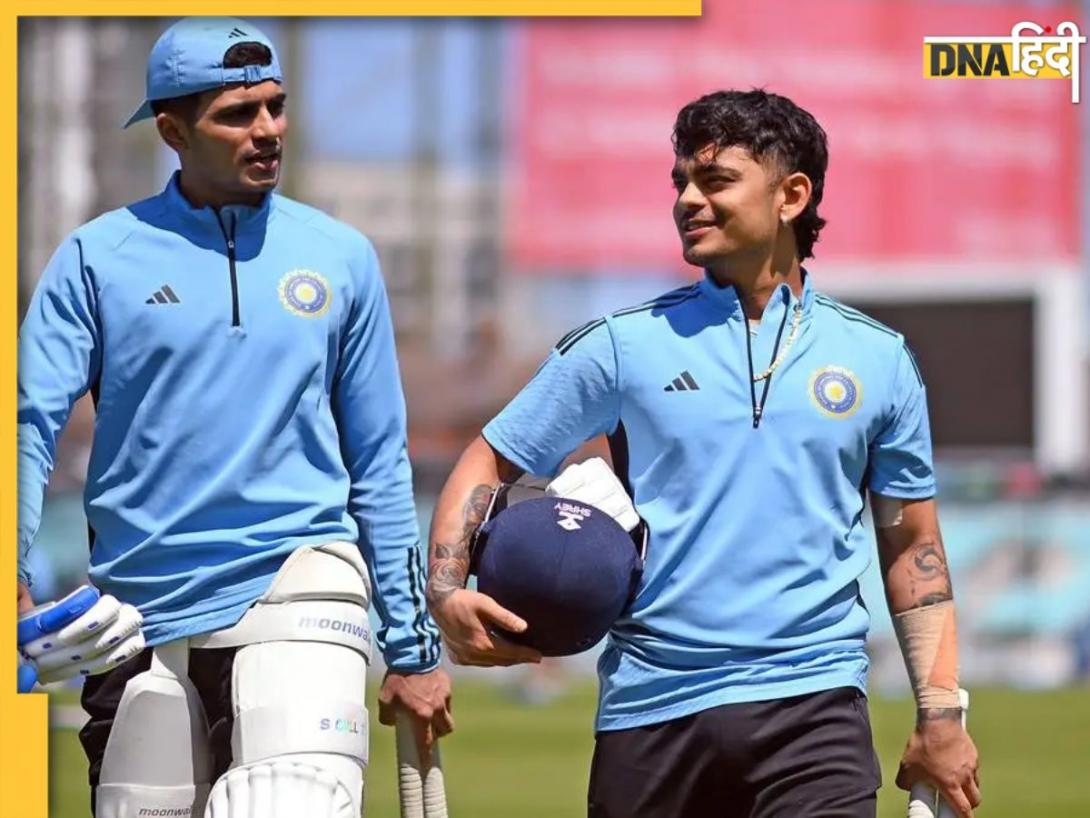






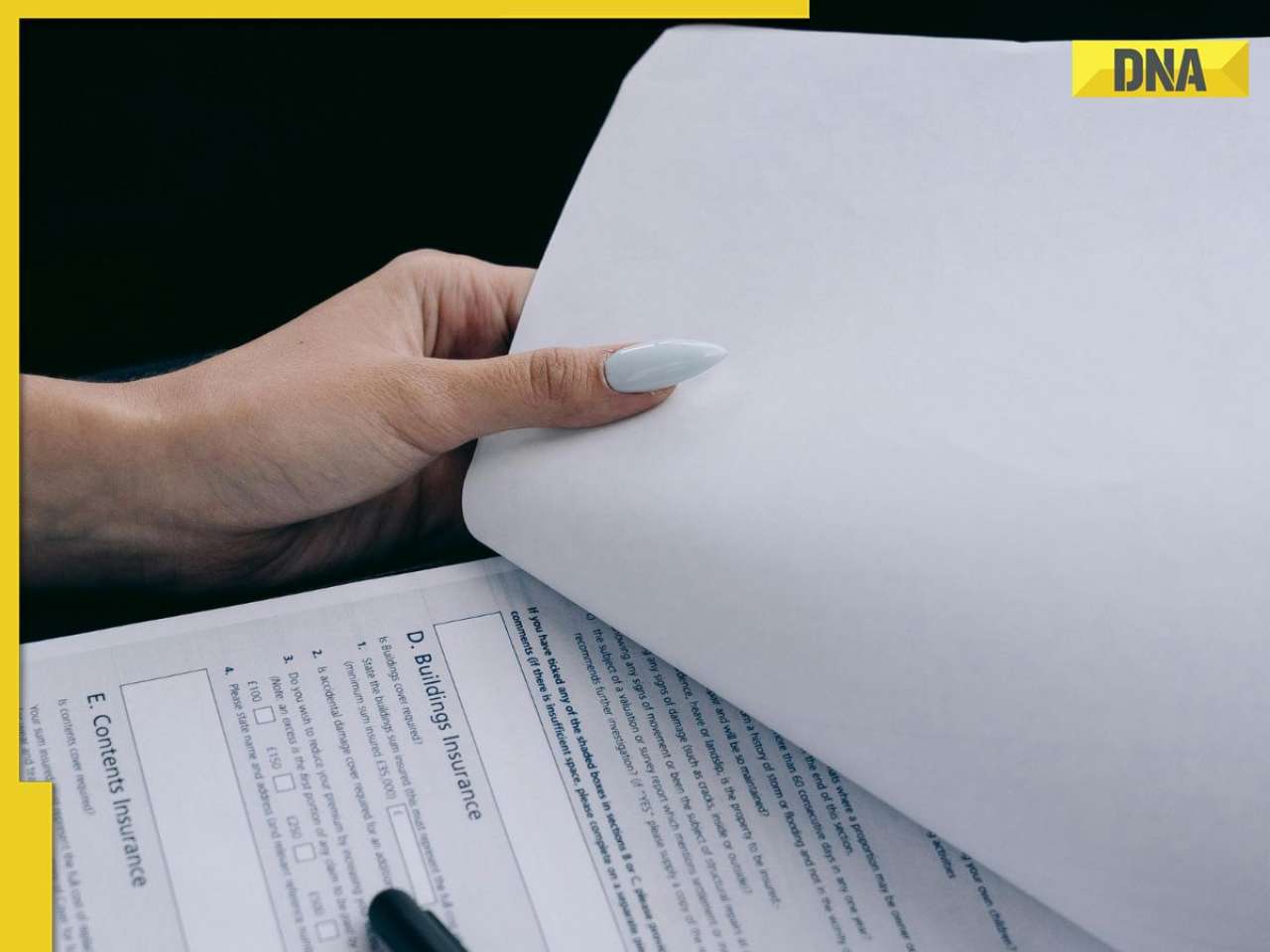
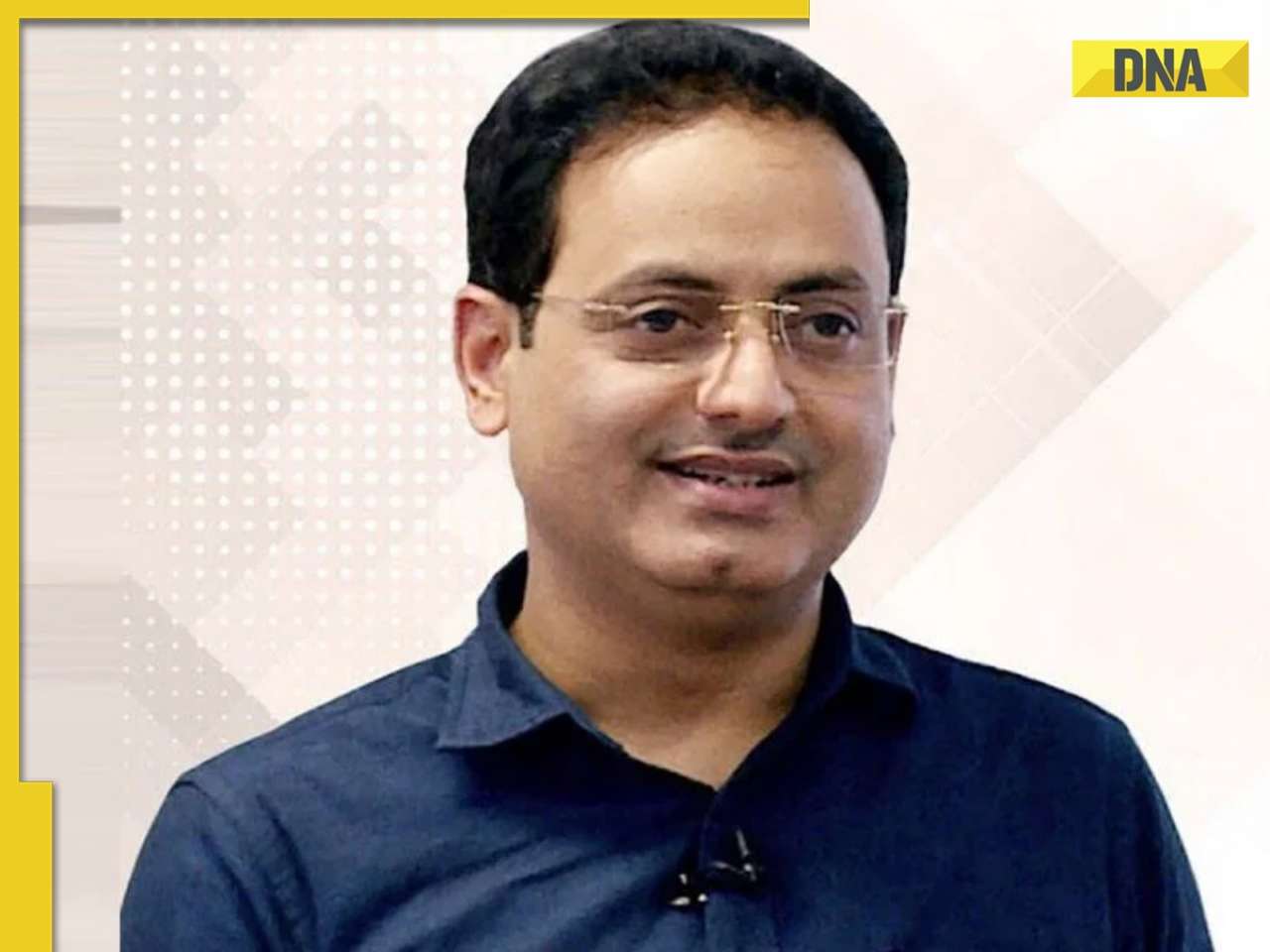
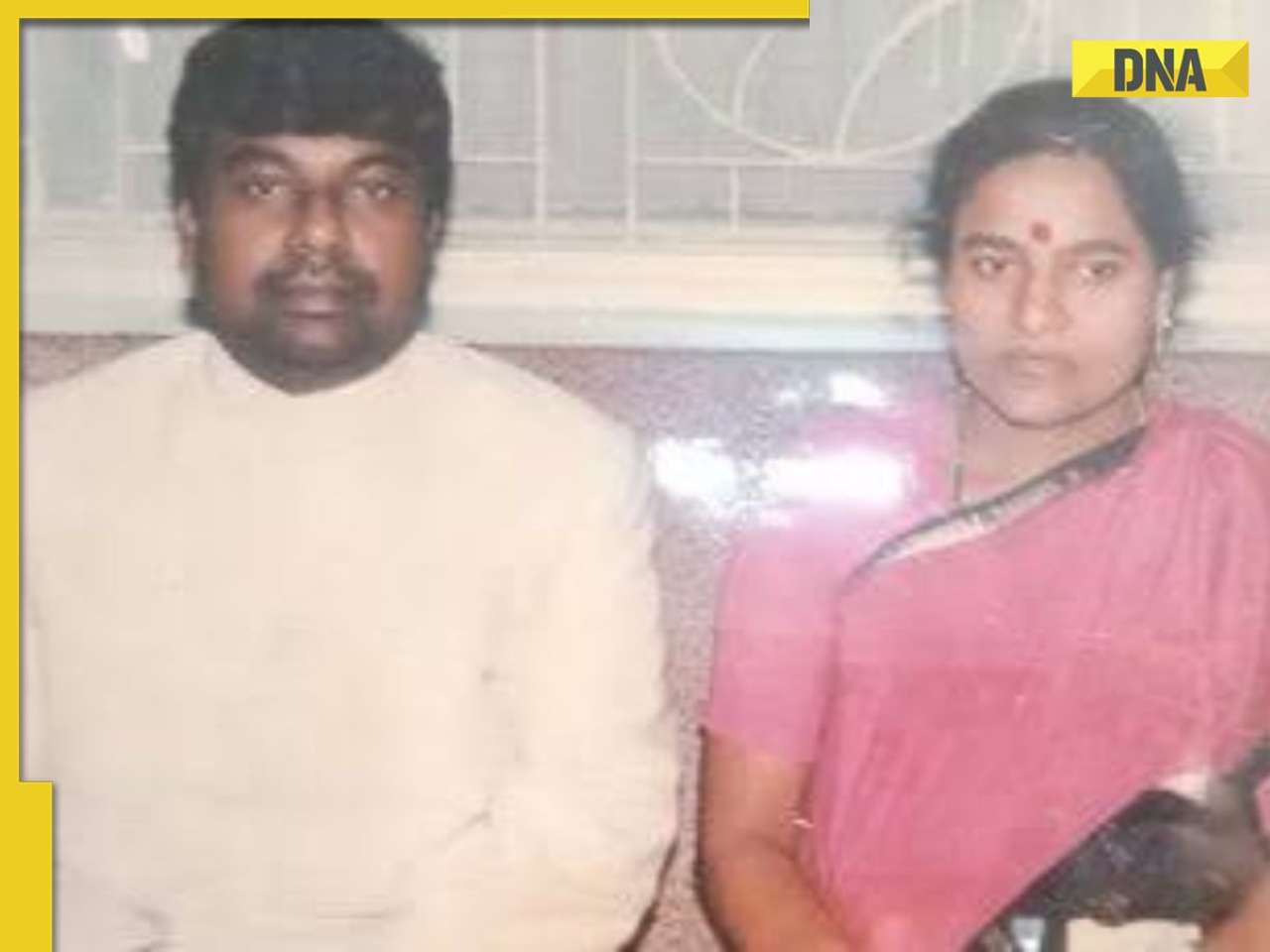
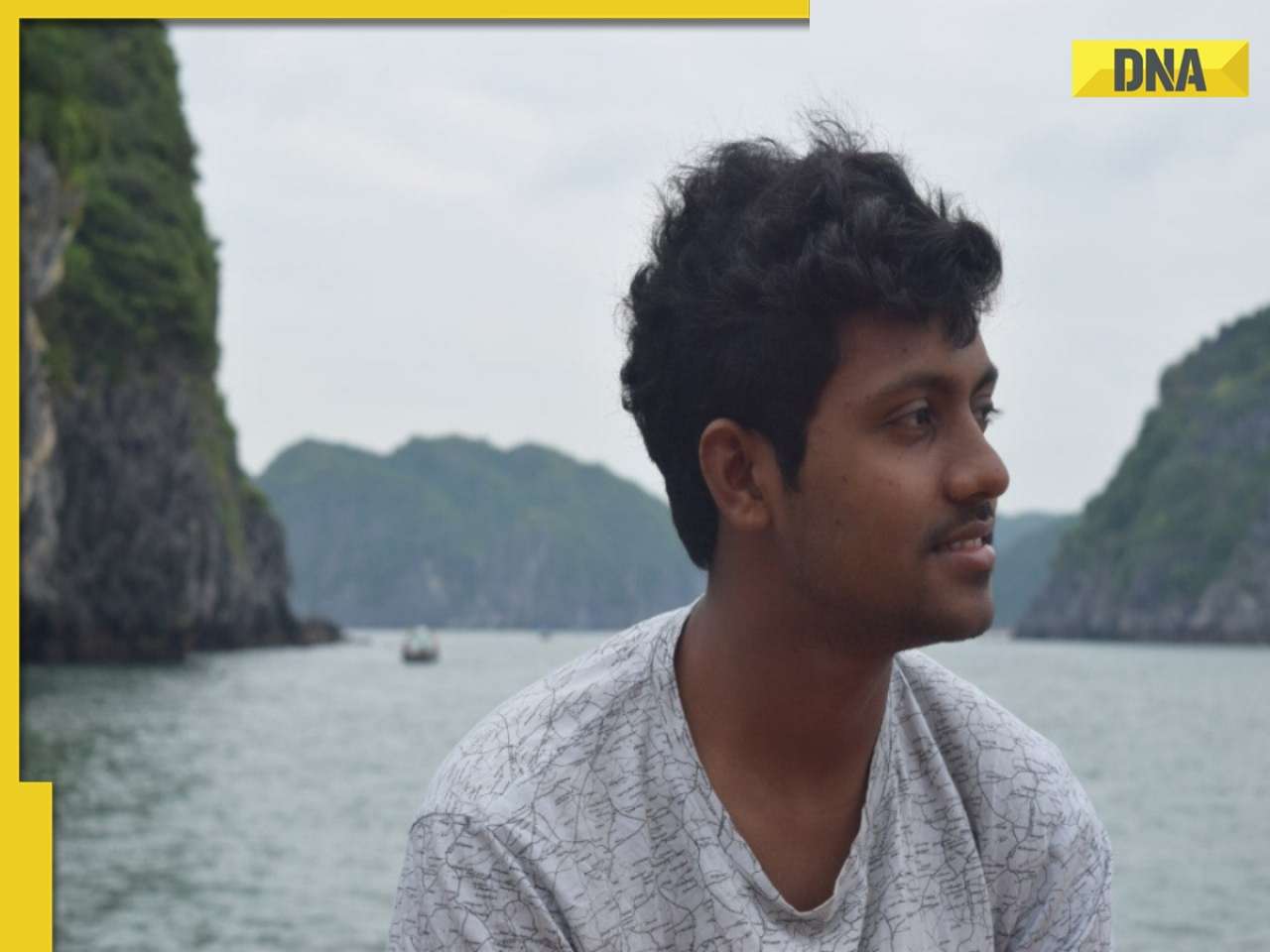







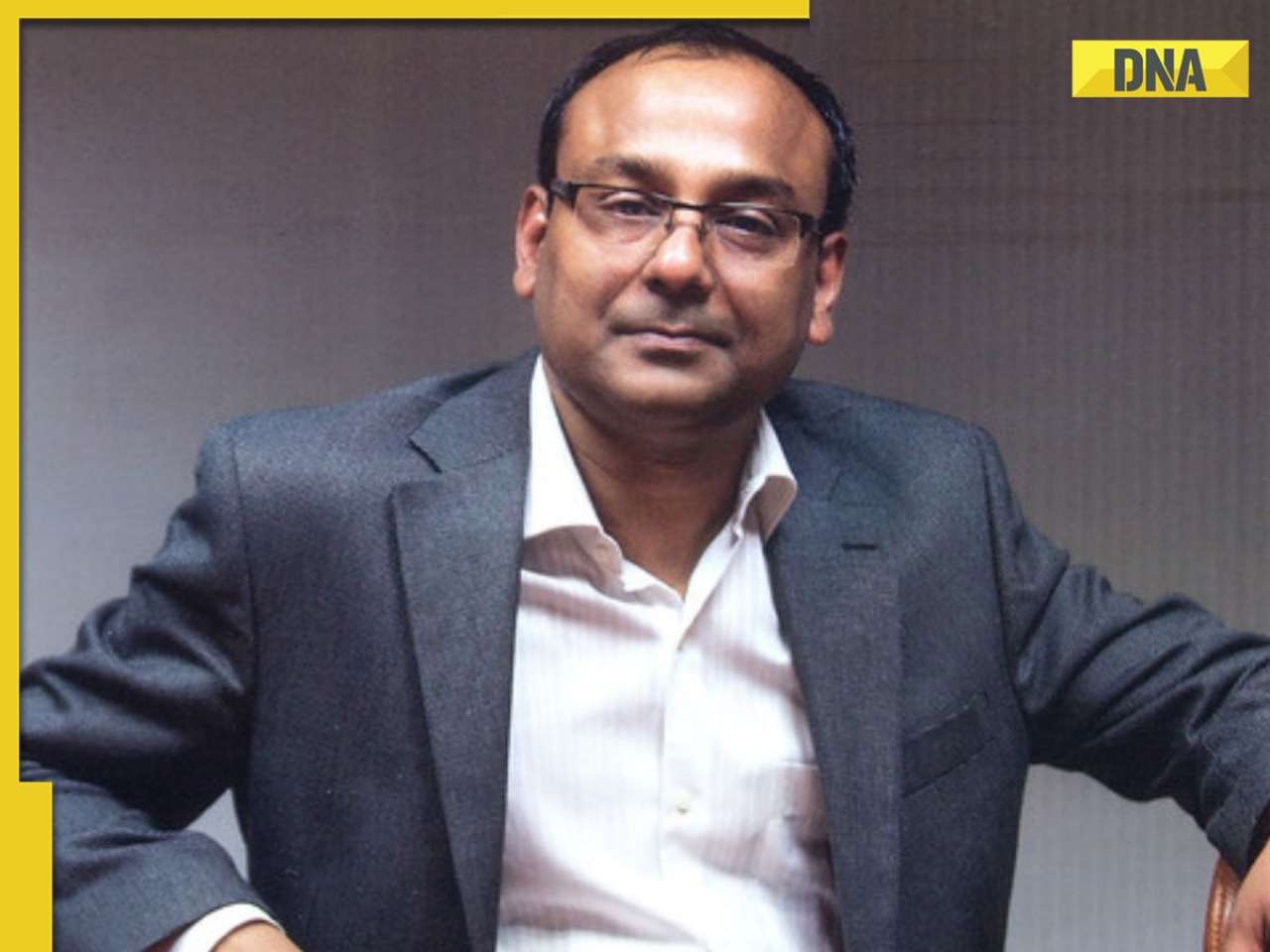

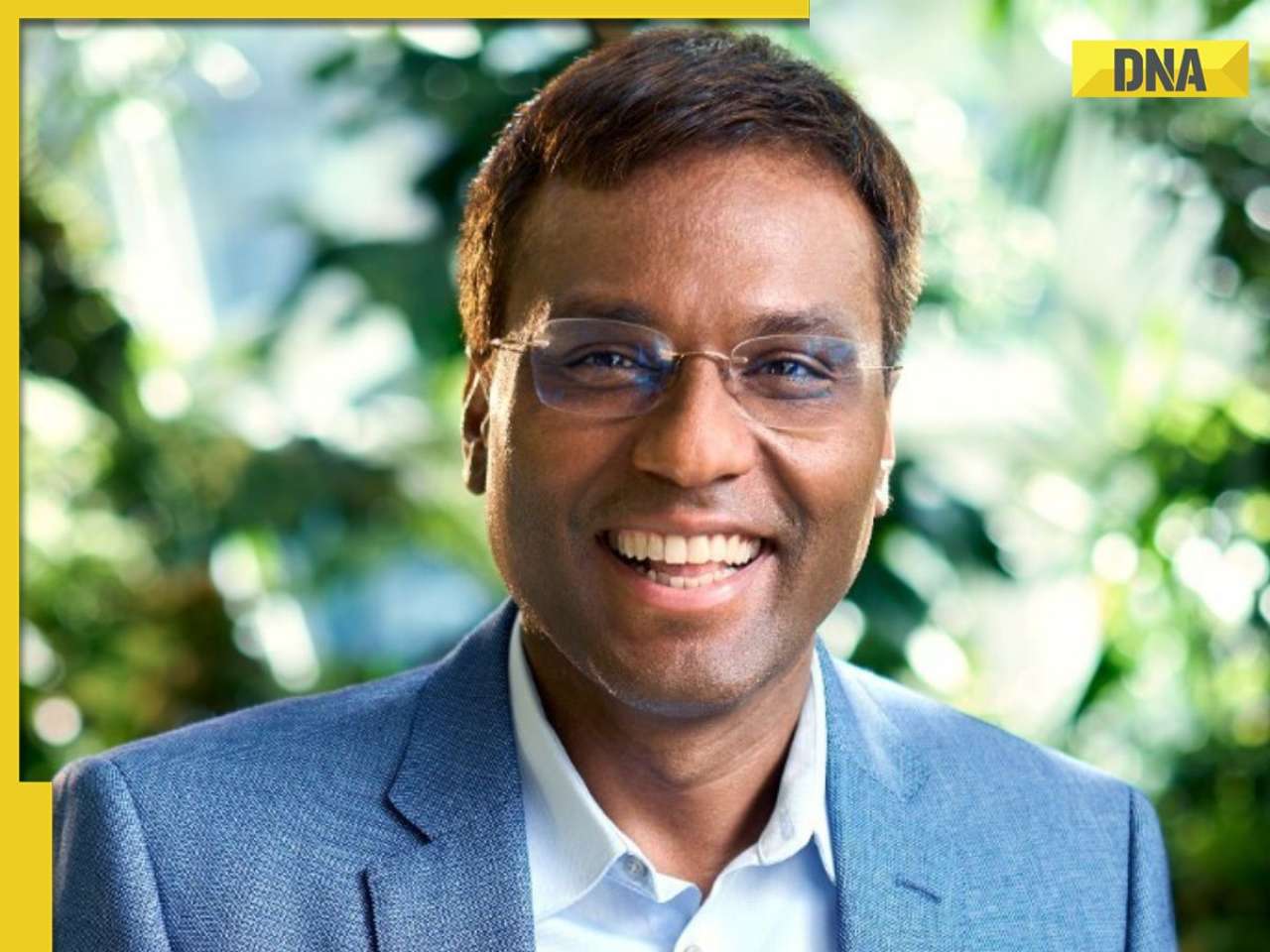







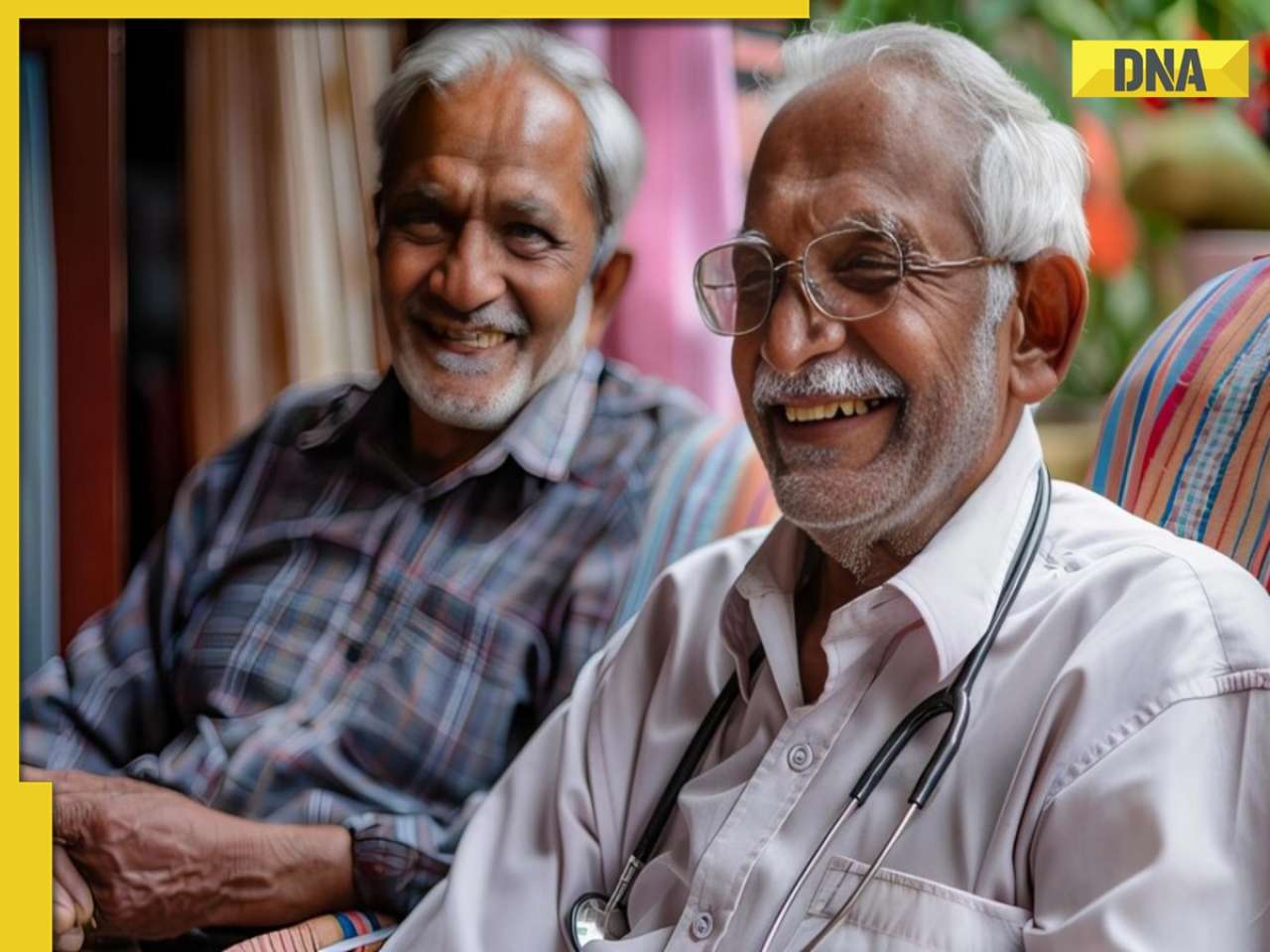
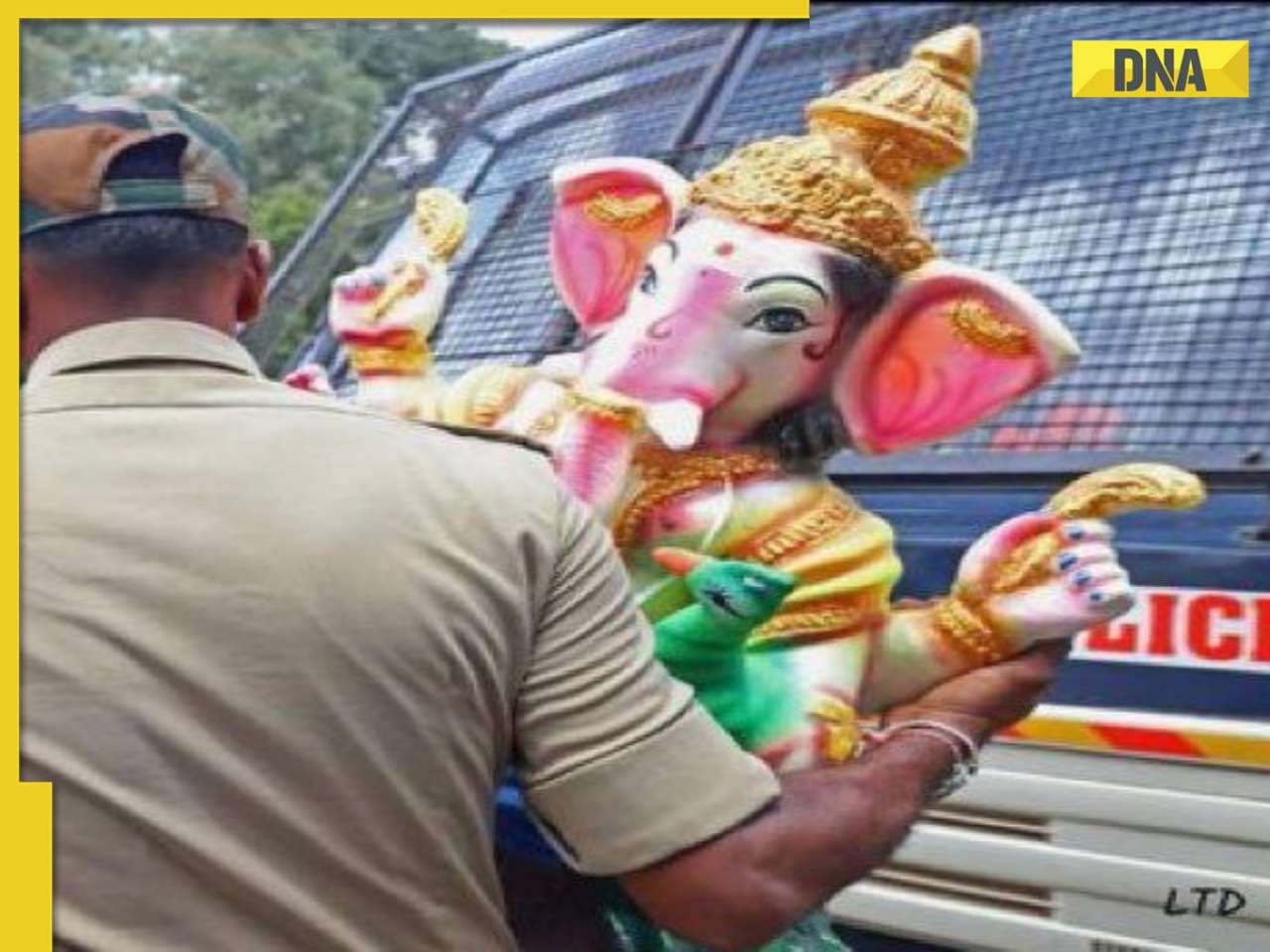


)
)
)
)
)
)
)
)
)
)
)
)
)
)
)





)
)
)
)
)
)